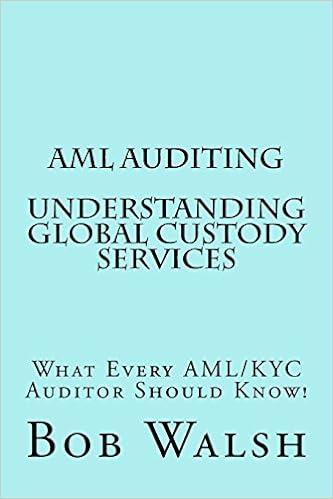Please solve all the questions. 

Q. No. 3. The comparative financial statements of Apple Company are presented below: Apple Company Income Statements For the year ended December 31 Particulars 2018 2017 Net Sales (All on account) $12,00,000 $10,40,000 Less: Cost & Expenses Cost of goods sold 8,30,000 7,08,000 Selling & Administrative exp. 2,47,600 2,29,600 Interest Expenses 15,600 12,000 Income Tax Expenses 36,000 28,000 Total Expenses 11,28,200 9,87,600 Net income $70,800 $62,400 Apple Company Balance Sheet December 31 Assets 2018 2017 Current Assets: Cash & Cash Equivalents $42,000 $36,000 Accounts Receivable (Net) 1,84,000 1,48,000 Inventories 1,68,000 1,40,000 Short-term investments 36,000 30,000 Total Current assets 4,30,000 2,54,000 Property , Plant & Equipment (Net) 8,46,000 7,66,000 Total assets $12,76,000 $11,20,000 Liabilities & Stockholder's Equity Current Liabilities: Accounts Payable $2,44,000 $2,20,000 Income Taxes Payable 46,000 40,000 Total Current Liabilities: 2,90,000 2,60,000 Long term Liabilities Bond Payable 2,40,000 1,60,000 Total Liabilities 5,30,000 4,20,000 Stockholder's Equity: Common Stock ($10 per share) 3,00,000 3,00,000 Retained Earnings 4,46,000 4,00,000 Total Stockholder's Equity 7,46,000 7,00,000 Total Liabilities & stockholder's Equity $12,76,000 $11,20,000 Additional data: The common stock recently sold at $39.00 per share and the dividends per share $15. The yearend balance in the allowance for doubtful accounts was $6,000 for 2018 & $4,800 for 2017. Required: Compute the following ratios for 2018: Current Ratio Acid - Test Ratio Accounts Receivable Turnover Ratio Average Collection Period Inventory turnover Ratio Profit Margin Net income to sales Current Capital Capital employed Return on Capital employed Assets Turnover Ratio Return on total Assets/return on investment Operating expenses to sales Return on common stockholder's Equity Earnings Per Share Price-Earnings ratio Debt to total assets Time interest earned Inventory to Working capital Accounts payable turnover ratio Average payment period Fixed Assets turnover ratio Degree of operating leverage Operating margin Dividend Yield on Common stock Dividend Payout ratio








